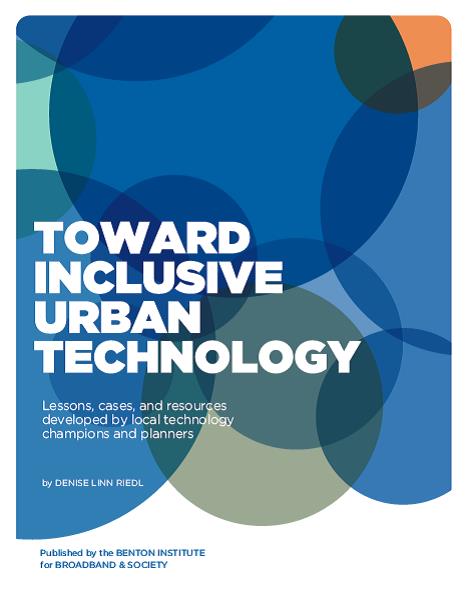Denise Linn Riedl

Toward Inclusive Urban Technology
Our cities are changing at an incredible pace. The technology being deployed on our sidewalks and streetlights has the potential to improve mobility, sustainability, connectivity, and city services. Public value and public inclusion in this change, however, are not inevitable. Depending on how these technologies are deployed, they have the potential to increase inequities and distrust as much as they can create responsive government services.

Smart Cities, Inclusive Technology, and Public Service
Over two years ago when I began my fellowship with Benton, I recognized how our cities are changing at an incredible pace. The technology being deployed on our sidewalks and streetlights has the potential to improve mobility, sustainability, connectivity, and city services. Of course, technology can be divisive as well as progressive. Does the potential of the 21st Century data-collecting, responsive, hyperconnected city benefit us all equally? Is it built with resident understanding, feedback, and consent?
Lessons, cases, and resources developed by local technology champions and planners


Inclusion and Civic Engagement in Public Technology Building and Planning
Whether they are Wi-Fi kiosks, urban sensors, fiber networks, or built-from-scratch “smart” neighborhoods, new urban technology deployments are under the microscope. Despite the potential of these projects to drive innovation and economic growth, they are often met with mixed reception and a myriad of justifiable questions. Take the Quayside project in Toronto led by Sidewalk Labs.

